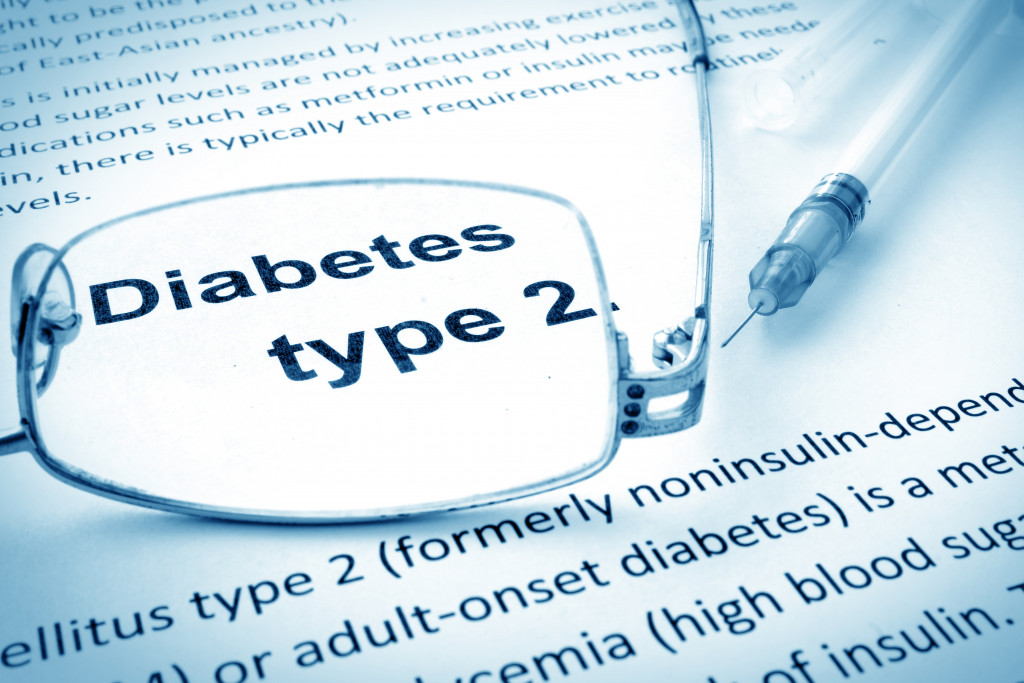Disclaimer: This website provides health information for educational purposes only and is not a substitute for professional medical advice, diagnosis, or treatment. Always seek the guidance of a qualified healthcare provider with any questions you may have.
• Heart disease is the leading cause of death in the US, and risk factors include high blood pressure, cholesterol, smoking, obesity, and physical inactivity.
• Cancer is the second most common chronic illness, with various types and risk factors, including age, family history, chemical exposure, and lifestyle choices.
• COPD is the third most common chronic illness, mainly caused by smoking and pollutant exposure.
• Diabetes affects over 34 million Americans, with two types and risk factors including obesity, physical inactivity, and family history.
• Alzheimer’s Disease is the most common cause of dementia, primarily impacting elderly people and those with a genetic component.
It’s always important to be aware of the most common chronic diseases in the U.S. These diseases impact your health and well-being and have significant financial ramifications for businesses regarding healthcare costs and productivity loss.
With over 133 million Americans living with at least one chronic illness, there is a high possibility that you or someone you know has been affected. Here are some of the most common chronic diseases impacting the American population, discuss their risk factors and how technology is helping deal with some of them.
Heart Disease
According to the Centers for Disease Control and Prevention (CDC), heart disease is the leading cause of death in the U.S., killing over 655,000 Americans annually. Risk factors for heart disease include smoking, obesity, and physical inactivity. There are various ways to deal with this disease:
Increase Physical Activity
Increasing physical activity is one of the best ways to prevent heart disease. In addition, establishing an exercise program can help improve overall health, reduce stress levels and cholesterol, and increase weight control.
Lower Stress Levels
Stress has been linked to an increased risk of developing cardiovascular disease: 40% of all heart attack patients have been found to have experienced severe emotional tension within the previous 24 hours.

Cancer
Some of these diseases are deadly killers; that’s why cancer is the second most common chronic disease in the U.S., with roughly 1.6 million new cases diagnosed each year. There are many types of cancer, and risk factors vary depending on the type.
Some common risk factors include age, family history, exposure to certain chemicals, and unhealthy lifestyle choices such as smoking, poor diet, and lack of exercise. Here are some recent treatments that you should know about:
Accurate Cancer Screening
Early detection is vital to surviving cancer; screening tests can help detect cancer before symptoms arise. Accurate and timely screenings are essential for high-risk groups such as the elderly and those with a family history of certain cancers.
Targeted Treatments
Targeted treatments are tailored to the specific type of cancer, allowing doctors to deliver more precise and targeted therapies. These treatments use drugs or other substances to target specific molecules involved in cancer cell growth, development, and spread.
Chronic Lung Disease
The number of smokers and vapers in the country is rising. That’s why chronic obstructive pulmonary disease (COPD), which includes chronic bronchitis and emphysema, is the third most common chronic disease in the U.S. It is primarily caused by smoking and long-term exposure to lung irritants such as air pollution and chemical fumes. Here’s how technology is helping deal with this disease:
Quit Smoking Apps
Technology has made it easier to quit smoking, with many apps available that can provide personalized support and step-by-step guidance. These apps often include features such as tracking progress, setting reminders for quitting, and giving advice on how to deal with cravings.
Remote Monitoring Devices
Remote monitoring devices allow COPD patients to track their condition in real-time, which can help doctors make more informed decisions. In addition, these devices allow for continuous monitoring of vital signs and patient health records.

Diabetes
Diabetes affects over 34 million Americans, making it one of the most widespread chronic diseases in the U.S. There are two main types of diabetes, Type 1 and Type 2. Risk factors for Type 2 diabetes include obesity, physical inactivity, and a family history of the disease. Thankfully, there are now various technologies helping deal with diabetes. Here are some of them:
Diabetes Management Apps
Managing diabetes is a lifelong commitment, and technology can make it easier to stay on track. Diabetes management apps help patients easily monitor their blood glucose levels, learn more about the disease, and keep track of medication schedules.
Continuous Glucose Monitors (CGM)
A Continuous Glucose Monitor (CGM) is a wireless device that continuously measures and tracks glucose levels. This can help patients get real-time information on their blood sugar levels, allowing them to take action quickly if needed. A prominent diabetes clinic should have this device available. This ensures they can monitor their patient’s glucose levels and make timely and informed decisions.
Alzheimer’s Disease
Alzheimer’s disease is the most common cause of dementia, affecting more than 6 million Americans. The risk of developing Alzheimer’s increases with age, and there is also a genetic component. While there is no cure for Alzheimer’s, early diagnosis is vital for better disease management. Here’s how technology is helping:
Virtual Reality (VR)
VR has been used to help people with Alzheimer’s improve their cognitive function and memory. It can also teach caregivers about the disease and provide emotional support for patients.
Telemedicine
Telemedicine is a rapidly growing field that can be incredibly useful for those with Alzheimer’s. Telemedicine allows patients to receive medical care from the comfort of their own homes, reducing the need for hospital visits and physical exams.
These are just a few of the most common chronic diseases in the U.S. Each one has its own risk factors and treatments, and technology is helping to make treatments more effective. It’s essential to know the risks and treatments available for these diseases to manage them better and lead healthier lives.

